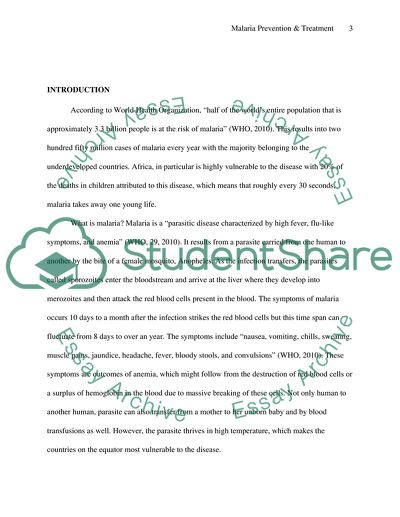Cite this document
(“Malaria Prevention and Treatment Essay Example | Topics and Well Written Essays - 1500 words”, n.d.)
Malaria Prevention and Treatment Essay Example | Topics and Well Written Essays - 1500 words. Retrieved from https://studentshare.org/miscellaneous/1579117-malaria-prevention-and-treatment
Malaria Prevention and Treatment Essay Example | Topics and Well Written Essays - 1500 words. Retrieved from https://studentshare.org/miscellaneous/1579117-malaria-prevention-and-treatment
(Malaria Prevention and Treatment Essay Example | Topics and Well Written Essays - 1500 Words)
Malaria Prevention and Treatment Essay Example | Topics and Well Written Essays - 1500 Words. https://studentshare.org/miscellaneous/1579117-malaria-prevention-and-treatment.
Malaria Prevention and Treatment Essay Example | Topics and Well Written Essays - 1500 Words. https://studentshare.org/miscellaneous/1579117-malaria-prevention-and-treatment.
“Malaria Prevention and Treatment Essay Example | Topics and Well Written Essays - 1500 Words”, n.d. https://studentshare.org/miscellaneous/1579117-malaria-prevention-and-treatment.


